Introduction: briefly discuss the purpose of this paper.
Assessment: review the provided case study information.
Identify the primary, secondary and differential diagnoses for the patient. Use the 601 Clinical SOAP note format as a guide to develop your diagnoses.
Each diagnosis will include the following information:
1. ICD 10 code.
2. A brief pathophysiology statement which is no longer that two sentences, paraphrased and includes common signs and symptoms of the diagnosis and proper citation.
3. The patient’s pertinent positive and negative findings, including a brief 1-2 sentence statement, which links the subjective and objective findings (including lab data and interpretation).
4. A rationale statement, which summarizes why the diagnosis was chosen.
5. Do not include quotes, paraphrase all scholarly information and provide an in text citation to your scholarly reference. Use the Reference Guidelines document for information on scholarly references.
Plan (there are five (5) sections to the management plan)
1. Diagnostics. List all labs and diagnostic test you would like to order. Each test includes a rationale statement following the listed lab, which includes the diagnosis for the test, the purpose of the test and how the test results will contribute to your management plan. Each rationale statement is cited.
2. Medications: Each medication is listed in prescription format. Each prescribed and OTC medication is linked to a specific diagnosis and includes a paraphrased EBP rationale for prescribing.
3. Education: section includes personalized detailed education on all five (5) subcategories: diagnosis, each medication purpose and side effects, diet, personalized appropriate exercise recommendations and warning sign for diagnosis and medications if applicable. All education steps are linked to a diagnosis, paraphrased, and include a paraphrased EBP rationale. Review the NR601 Clinical SOAP note guideline for more detailed information.
4. Referrals: any recommended referrals are appropriate to the patient diagnosis and current condition, is linked to a specific diagnosis and includes a paraphrased EBP rationale with in text citation.
5. Follow up: Follow up includes a specific time, not a time range, to return to PCP office for next scheduled appointment. Includes EBP rationale with in text citation.
Medication costs: in this section students will research the costs of all prescribed and OTC monthly medications that you have prescribed and that the patient is currently taking that you would like to continue. Students may use Good Rx, Epocrates or another resource (students may use local pharmacy websites) which provides medication costs. Students will list each medication, the monthly cost of the medication and the reference source. Students will calculate the monthly cost of the case study patient’s prescribed and OTC medications and provide the total costs of the month’s medications. Reflect on the monthly cost of the medications prescribed. Discuss if prescriptions were adjusted due to cost. Discuss if will you use medication pricing resources in future practice.
SOAP note: A focused SOAP note, written on a separate page, follows the assignment. The SOAP note is written following the provided Clinical SOAP note format.
• The subjective section is organized to follow the Clinical SOAP note format. The ROS is focused; only pertinent body systems are included. Only provided information is included in the ROS. No additional data is added.
• The objective section is maintained as written, no additional information is added.
• The assessment section includes only the diagnoses and ICD 10 codes. Diagnosed are labeled as primary, secondary or differential diagnoses. Rationale is not included in the SOAP note.
• The plan includes five sections. Rationale is not included in the SOAP note.



